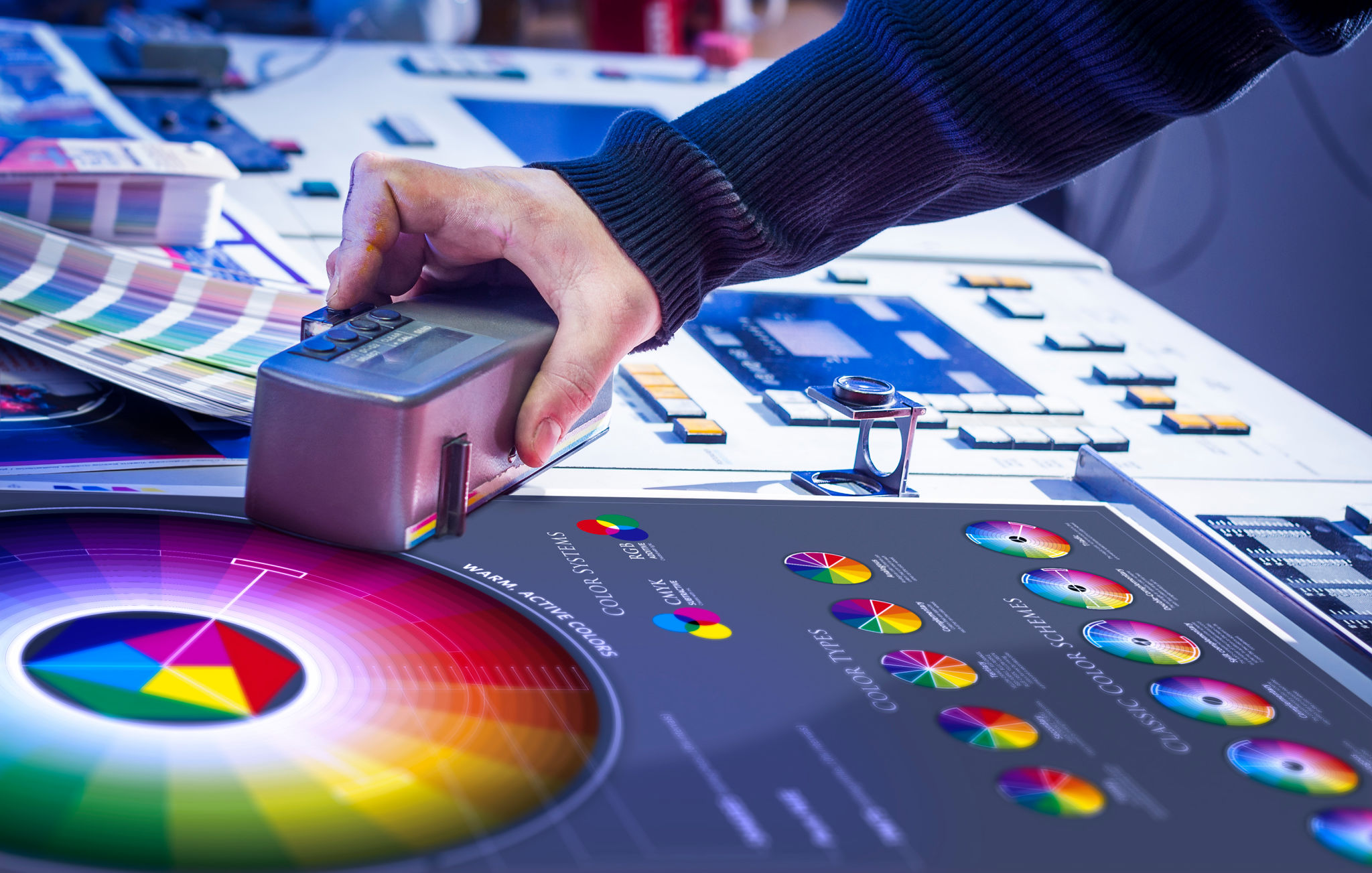Navigating Lab Equipment Calibration: Tips for Malaysian Labs
Understanding the Importance of Calibration
In the precise and demanding world of laboratory work, equipment calibration is a critical process that ensures accuracy and reliability. Especially in Malaysian labs, where maintaining high standards is crucial, regular calibration of lab equipment is essential for producing valid results. Calibration aligns your instruments with recognized standards, reducing errors and improving data integrity.
Calibration not only enhances the accuracy of your instruments but also helps in maintaining compliance with industry regulations. This is particularly important for labs involved in research and development, quality control, and other scientific endeavors. By prioritizing calibration, labs can avoid costly mistakes and uphold their reputation for excellence.

Key Steps in the Calibration Process
Understanding the steps involved in calibration can help streamline the process and ensure it is conducted effectively. Here are some key steps to consider:
- Identify Equipment: Make a list of all equipment that requires calibration. This helps in planning and resource allocation.
- Schedule Regular Calibrations: Establish a routine schedule for calibration based on the manufacturer's recommendations and usage frequency.
- Select Qualified Technicians: Ensure that equipment is calibrated by qualified professionals who understand the specific requirements of your instruments.
By following these steps, Malaysian labs can maintain their equipment in optimal condition, ensuring accurate and reliable results.
Choosing the Right Calibration Service Provider
Selecting a reliable calibration service provider is crucial for maintaining the integrity of your lab equipment. Consider providers who offer comprehensive services, including on-site calibration, traceability to national standards, and detailed documentation. Look for providers with experience in your specific industry to ensure they understand your unique needs.
Additionally, it is important to verify that the service provider has relevant accreditations and certifications. This ensures that they adhere to international standards and best practices, providing you with peace of mind.

Overcoming Common Challenges
Calibration can present several challenges, from logistical issues to technical difficulties. One common challenge is managing the downtime of equipment during calibration. To mitigate this, labs can plan calibrations during off-peak periods or use alternative equipment if available.
Another challenge is ensuring that all equipment remains within its calibration cycle. Implementing a tracking system or using software solutions can help labs manage scheduling and notifications effectively, reducing the risk of missed calibrations.
Future Trends in Calibration
The field of calibration is continually evolving with advancements in technology. In Malaysia, labs are increasingly adopting digital solutions for calibration management. These solutions offer features such as automated scheduling, digital certificates, and real-time tracking of calibration status.

Additionally, the use of IoT devices in calibration is gaining traction, allowing for more precise and efficient processes. By staying informed about these trends, Malaysian labs can leverage new technologies to enhance their calibration practices.
Conclusion
Effective calibration is essential for maintaining the accuracy and reliability of lab equipment. By understanding the importance of calibration, implementing key steps, choosing the right service provider, overcoming challenges, and staying informed about future trends, Malaysian labs can navigate the complexities of calibration with confidence. This commitment to precision not only supports scientific endeavors but also contributes to the overall success of laboratory operations.